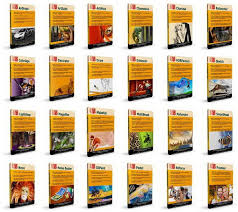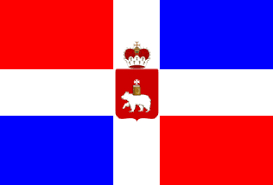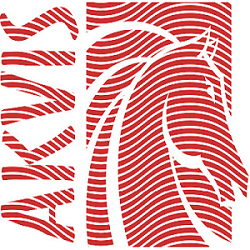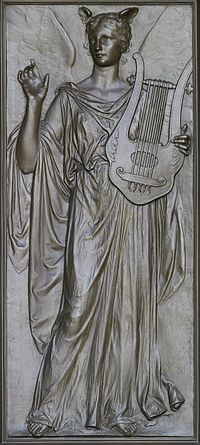IMAGINATION & CREATIVITY
Imagination is the capacity to produce images, ideas and sensations in the mind without any immediate input of the senses (such as seeing or hearing). Imagination helps make knowledge applicable in solving problems and is fundamental to integrating experience and the learning process.[1][2][3][4] A basic training for imagination is listening to storytelling (narrative),[1][5] in which the exactness of the chosen words is the fundamental factor to "evoke worlds".[6]
Imagination is a cognitive process used in mental functioning and sometimes used in conjunction with psychological imagery. The cognate term of mental imagery may be used in psychology for denoting the process of reviving in the mind recollections of objects formerly given in sense perception. Since this use of the term conflicts with that of ordinary language, some psychologists have preferred to describe this process as "imaging" or "imagery" or to speak of it as "reproductive" as opposed to "productive" or "constructive" imagination. Constructive imagination is further divided into voluntary top-down imagination driven by the prefrontal cortex, that is called mental synthesis, and spontaneous bottom up involuntary generation of novel images that occurs during dreaming. Imagined images, both novel and recalled, are seen with the "mind's eye".
Imagination can also be expressed through stories such as fairy tales or fantasies. Children often use such narratives and pretend play in order to exercise their imaginations. When children develop fantasy they play at two levels: first, they use role playing to act out what they have developed with their imagination, and at the second level they play again with their make-believe situation by acting as if what they have developed is an actual reality.[7]


Creativity is a phenomenon whereby something new and somehow valuable is formed. The created item may be intangible (such as an idea, a scientific theory, a musical composition, or a joke) or a physical object (such as an invention, a literary work, or a painting).
Scholarly interest in creativity is found in a number of disciplines: engineering, psychology, cognitive science, education, philosophy (particularly philosophy of science), technology, theology, sociology, linguistics, business studies, songwriting, and economics, covering the relations between creativity and general intelligence, personality type, mental and neurological processes, mental health, or artificial intelligence; the potential for fostering creativity through education and training; the maximization of creativity for national economic benefit, and the application of creative resources to improve the effectiveness of teaching and learning.
Etymologyedit]
The lexeme in the English word creativity comes from the Latin term creō "to create, make": its derivational suffixes also come from Latin. The word "create" appeared in English as early as the 14th century, notably in Chaucer, to indicate divine creation[1](in The Parson's Tale[2]). However, its modern meaning as an act of human creation did not emerge until after the Enlightenment.[1]
Definitionedit]
In a summary of scientific research into creativity, Michael Mumford suggested: "Over the course of the last decade, however, we seem to have reached a general agreement that creativity involves the production of novel, useful products" (Mumford, 2003, p. 110),[3] or, in Robert Sternberg's words, the production of "something original and worthwhile".[4] Authors have diverged dramatically in their precise definitions beyond these general commonalities: Peter Meusburger reckons that over a hundred different analyses can be found in the literature.[5] As an illustration, one definition given by Dr. E. Paul Torrance described it as "a process of becoming sensitive to problems, deficiencies, gaps in knowledge, missing elements, disharmonies, and so on; identifying the difficulty; searching for solutions, making guesses, or formulating hypotheses about the deficiencies: testing and retesting these hypotheses and possibly modifying and retesting them; and finally communicating the results."[6]
Aspectsedit]
Theories of creativity (particularly investigation of why some people are more creative than others) have focused on a variety of aspects. The dominant factors are usually identified as "the four Ps" — process, product, person, and place (according to Mel Rhodes).[7] A focus on process is shown in cognitive approaches that try to describe thought mechanisms and techniques for creative thinking. Theories invoking divergent rather than convergent thinking (such as Guilford), or those describing the staging of the creative process (such as Wallas) are primarily theories of creative process. A focus on creative product usually appears in attempts to measure creativity (psychometrics, see below) and in creative ideas framed as successful memes.[8] The psychometric approach to creativity reveals that it also involves the ability to produce more.[9] A focus on the nature of the creative person considers more general intellectual habits, such as openness, levels of ideation, autonomy, expertise, exploratory behavior, and so on. A focus on place considers the circumstances in which creativity flourishes, such as degrees of autonomy, access to resources, and the nature of gatekeepers. Creative lifestyles are characterized by nonconforming attitudes and behaviors as well as flexibility.[9]
Contents
- 1Etymology
- 2Definition
- 3Aspects
- 4History of the concept
- 5Theories of creative processes
- 6Assessing individual creative ability
- 7Creativity and intelligence
- 8Neuroscience
- 9Affect
- 10Creativity and artificial intelligence
- 11Mental health
- 12Creativity and personality
- 13Malevolent creativity
- 14Creativity across cultures
- 15In organizations
- 16Economic views of creativity
- 17Fostering creativity
- 18Creativity and education policies
- 19List of academic journals addressing creativity
- 20See also
- 21Notes
- 22References
- 23Further reading
- 24External links

TOOLS TO INSPIRE IMAGINATION & CREATIVITY IS AKVIS






